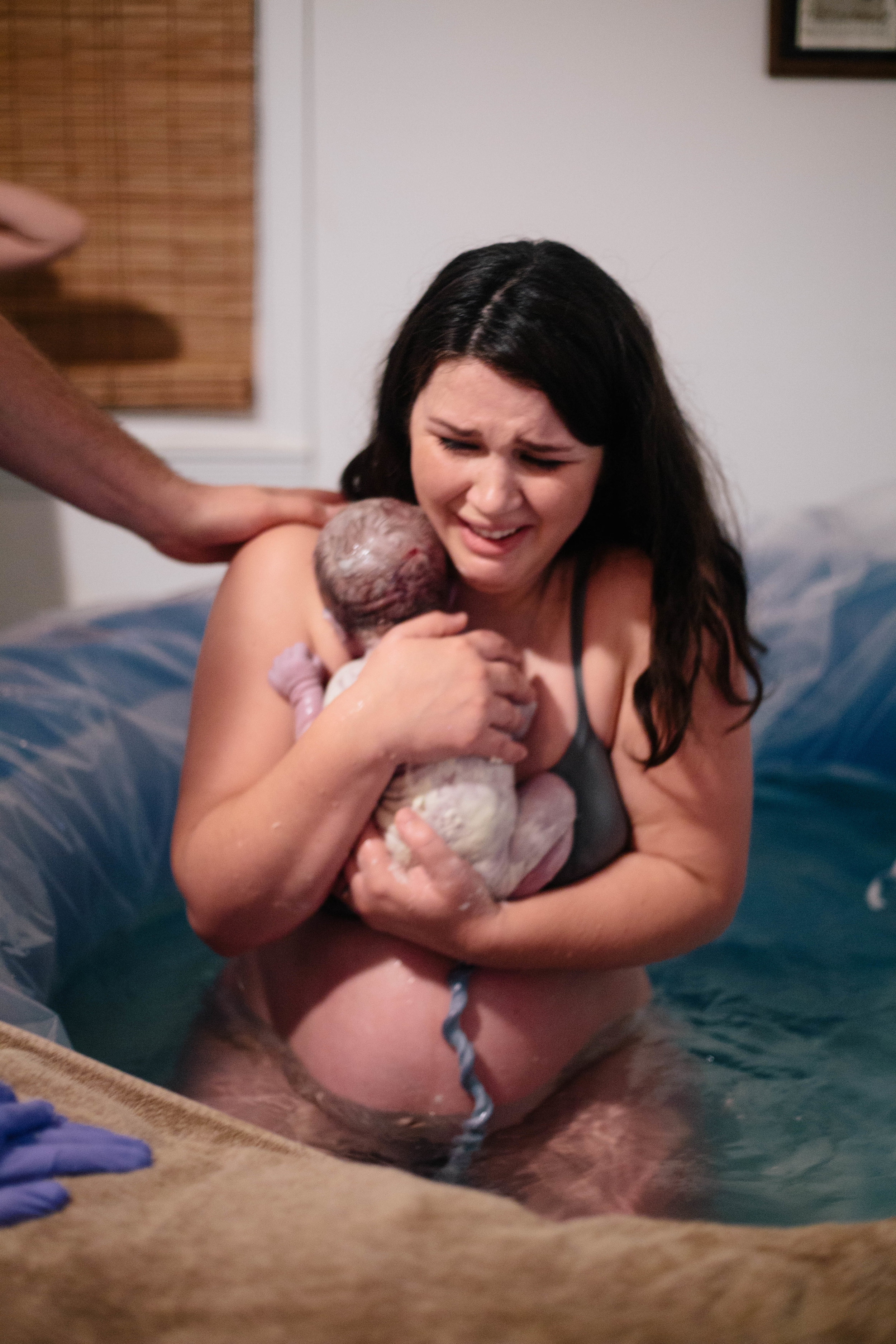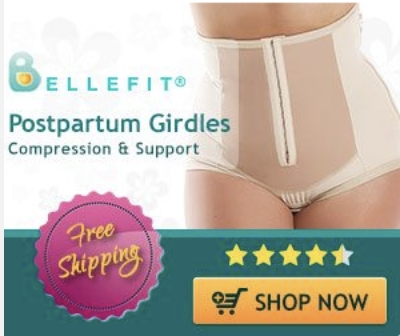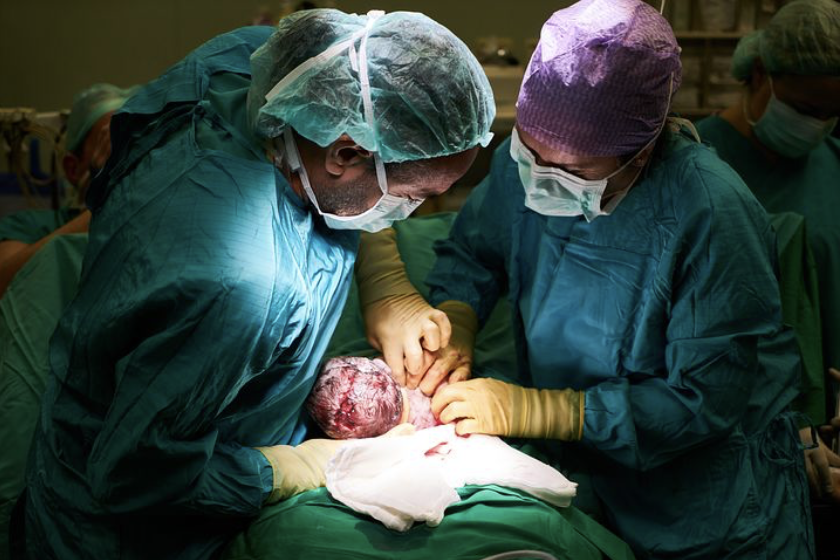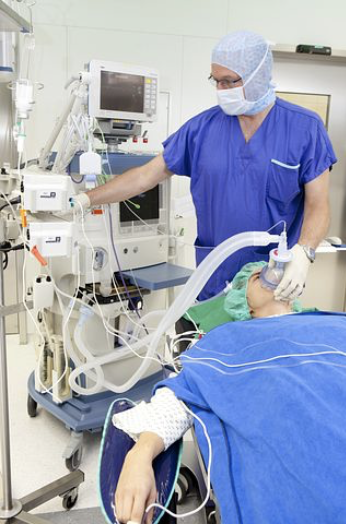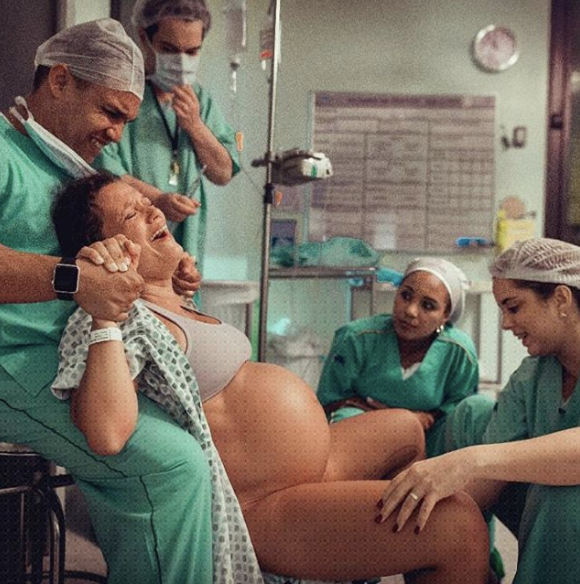Blog post featured image: Photo by Jonathan Borba on Unsplash
--- BEGIN TRANSCRIPT Instagram.com/homesweethomebirth ---
Hi. I wanted to come on and talk about cesarean and why I'm so passionate about preventing it.
But what I want to mention first is that the rates in this country, in the United States, are going up and our outcomes are getting worse. Okay. The national average is 30%.
That's just unacceptable.
Some hospitals around where I live, the rate is 40 to 50%. Unbelievable. Why? There are so many reasons why, but I just want to share something with you.
My rate is 5%. My rate of cesarean birth is 5%. I'm not bragging. This has nothing really to do with me. I,
What's different. Why is that?
Why do you think the rates in my practice are 5%, and the rates in the national average of hospitals are 30% and climbing?
The families that come to my practice don't have different bodies. The people don't have different bodies.
You know what's different. They're getting midwifery care.
They're getting midwifery care. They are low risk and healthy. And maybe someone even labeled them as high risk, but they're not really high risk. They're just healthy. They might have an issue or two, but you know what they're doing? They're taking responsibility. That's also what they're doing.
They're preparing as I recommend them to prepare, and they're taking responsibility for the birth, they're not just saying to me, do whatever, right.
They are taking it upon themselves.
Why do they need to prepare? I'll tell you why they need to prepare, because I know that women's bodies know exactly how to give birth. A healthy body knows how to give birth. Right?
Why in the West do we need to prepare? Because we're in the West. We're in the Western culture.
I feel so strongly about this because I do hospital shifts. I do hospital shifts and I love to do hospitals shifts in hospitals that serve the immigrant populations.
I love that. And I can actually do prenatal care and help a mama in labor as much as possible with my heart and with my Spanish. Now I am not fluent, okay, but I love working with this community, the immigrant population that's coming up, because I'll tell you why. Not just, I love them, but the less Westernized they are, they don't need to take childbirth classes, they just come and birth just like that.
And you know why? Because the newer they are to this country, the less westernized they are, they came from countries where they were surrounded by people having birth. And in a community. And the women in their community, the elders, the wiser ones would talk to them about it and they would see it.
I mean, I just spoke with a grand-momma, an abuela, who had 11 babies in her casa - back in her country. 11 babies in her Casa. That's what everybody did.
She didn't need a childbirth course. She was surrounded by everybody doing that. So, she got that education, and she got that by osmosis, that “We know how to do this. This is what we know how to do". And you know what, it's hard, but we can do hard things. Like we don't need to numb ourselves from pain. They deal with pain. They just deal with it. The more westernized they are, the more we are in our brains, the more we are in fear. Not “we”. No, because I've healed myself, I've tried to de-Westernize myself when it comes to helping moms give birth.
And I feel strongly about this, because, we can't help the way of our culture. Okay. We get fear messages. Oh my gosh we get fear messages all over the media. You know, someone sees you're pregnant they're going to tell you a story. And we are addicted to Googling everything. We're just too much in our brains. It's just, it's just the way it is. We have to research this, we have to research that, and we have to numb. We're not comfortable with discomfort.
And that's why I love my yoga training. That taught me, that deep in yoga, to combine that with being a midwife is just an amazing combination. Yoga doesn't come from the West. It comes from the East. To be comfortable with uncomfortable. To be comfortable with discomfort. To be comfortable and relax into intensity.
And I needed that to help me understand and how to help other people do that. But there are cultures around the world, here are countries around the world that never did any yoga. They just live in a community, and are surrounded by the elders and other women in the community. They just do it. You know, we do hard things. And we just give birth.
So, that’s why I think a huge part of the success of a lot in my practice, and a lot of my colleagues, is that we're really are, to the families that have a baby in the home, in our practice are Westernized. They might want to have a home birth, but it's their first time, they know nothing about birth. They haven't been around it.
They tell me they don't know anybody that's had a home birth that I can connect them with. Well, I know tons of people that have had a home birth.
So, that's why I love connecting moms and their partners, so that they don't feel so isolated. But a lot of times the families that come to me, their parents gave birth in hospitals with all kinds of interventions and they just, they feel very isolated and unprepared. And, and just looking at videos and pictures, scrolling down, on Instagram is not the way to prepare. I'm sorry. It's not. And that's why I really think a lot of the success comes from myself and my colleagues really being insistent that the family who comes in to have a home birth is going to prepare like a boss, right?
Get de-Westernized, get primal and get sensual, and learn how to relax into intensity and learn about birth because no one ever taught you. Right. And learn the techniques that you need to do to master your calm. And, and to just let your body do it. And, and I think that's a huge part of our success.
I track my stats, and unfortunately the 7% of times that I have to go into the hospital, it's not because of an emergency. Emergencies are rare. We deal with them, or I can count them on my hand.
I'm the EMT. The midwife is the EMT at the birth. We prevent and we deal with any problems that come up. And if we need to go to the hospital, we need to go to the hospital.
But that's 7% of the time. That means 93% are having births at home.
But who is my 7% that needs to go to the hospital?
It tends to be, and I track my statistics. I've been tracking them for years. It's people with long, stuck labors, first time birthers, first time vaginal birthers, who did not prepare.
They just didn't want to take a course, they were preparing on Instagram or they, or they just weren't preparing at all before Instagram.
You can't prepare on Instagram. You have to take a class today. Yes. In the West. You have to take a class, unless your mom and your grandparents have given birth at home, and you're surrounded by, natural birth. Because natural birth in the West is very different. It's a very different experience if you've never done it before and you can't prepare on social media. Okay?
Then, you have to think about who are you going to, who are you going to - let's say you want a natural birth. Well, if the hospital or the provider that you're going to is, let's say you're healthy and you want a natural birth, if the hospital and the provider that you're going to doesn't do natural birth. They're not into it. They weren't trained in it. They're into interventive birth, it's going to be very hard for you to have a natural birth, right? And one intervention leads to another intervention, leads to the other intervention, and unfortunately ends up in too much intervention and complications and cesarean births.
I am so grateful for cesarean births for when it's necessary and that's why I post on it. And yes, we could have gentle cesareans for those mamas. Five percent - they're still human beings, and that's still a birth, and those mamas are rockstars because they need to have a compassionate, human, respectful family centered, gentle cesarean, and we can have as much as possible that home-sweet-home birth in the hospital or in the operating room, but we still have to prevent.
So, you have to think about – even if you want a vaginal birth - let's say you want an epidural - if you want a vaginal birth, you have to know. Ask “What's the rate of cesareans in your hospital?”. Is it 30%? Is it 40%? Is it 50%? Then it's very unlikely - unless you prepare. Then have to prepare even more, right, to fight that system. Because, I don’t know, I talk about this all the time and I'm so passionate about it because I think that's how we make the change.
How we be the change, how we make the change, is for you all to prepare yourselves and take back your birth and know what setting and what provider you're going to.
And if you are blessed, if you're healthy, or you have a little issue or two, that doesn't risk you out of midwifery care. Find a midwife.
That's the model of care in a lot of countries where the midwives who are trained. You know, I have seven years of training, it's not just a weekend course. I had to get my bachelor's, and I got my master's, and where I live, I need a master's degree. I have seven years of training and education, and it's specifically focused on supporting the low risk healthy.
Yes, we screen, we prevent, and we look. That's what prenatal care is all about, that relationship, and making sure that it is still safe and appropriate for that mama to have a home birth, or a birth with a midwife in the hospital.
But midwifery, our specialty, is supporting normal. Keeping it normal. Lay low on intervention. No intervention. No interventions necessary when it's working well.
What's an obstetrician? What's an OB/GYN. Do you know the difference? There’s a huge difference, and we need them, thank god, but an obstetrician and a gynecologist, OB/GYN, goes to medical school and does residency and extra training for high-risk pregnancies and surgery, to use very highly sophisticated technology to diagnose and treat high-risk situations, medically or surgically. But that kind of provider, I have doctors, I love the obstetricians that I work, but they always tell me they know nothing about natural birth. They're bored of it. They don't know what to do. They love the midwives. If someone's healthy, they say “you're going to get better care with a midwife”.
So, it's very important for you to know the difference between a midwife and an obstetrician, their training and their background, because if you want a surgical birth, then no, you don't go to a midwife – go to a surgeon.
And that's what an obstetrician and gynecologist, OB/GYN is. And we need them.
And that's why there are certain countries, that's why the United States ranks the lowest among all developed countries in the world, in terms of maternal and newborn outcomes. We're losing more babies and mamas, or having more serious complications with mamas and babies, than all the other developed countries in the world.
The countries that have the best outcomes are countries where, like Sweden, there's a lot of countries where everybody sees a midwife, if they're healthy. The doctor (obstetrician) is there for the high risk. High-risk and when surgery is needed. When medicine and surgery is needed.
And that's how we serve the whole population of people having babies, and that's how we get excellent outcomes - live, happy, healthy mamas and babies.
So last week I talked about a bleeding in pregnancy - this week I thought I'd talk about this.
If you found that helpful, comment, share. I'd love to hear what you have to say, but that's all for now.
Have a wonderful weekend. Bye.
--- END TRANSCRIPT ---
Plan like a Boss! Create your ideal birth plan and take back your birth!
Feel empowered and prepared for your childbirth experience and all the possible interventions you need to make decisions about - whether you are planning to birth in the hospital, birthing center or home setting! :)
Creating your ideal birth plan with this FREE video and ebook guide will not only help you prepare in advance, it will:
help you speak up for what you want and what you do not want
provide the keys to prevent high rates of unnecessary, risky medical and surgical interventions and birth trauma, and
coach you about the hows and whys, and some great recommendations for helping you design the birth of your dreams!
This is the special guide that I give to each family in my practice, that has been refined and refined over the many years of practice, brought to life in an updatable, printable and shareable guide.
Then use these different but crucial resources to prepare like a boss! Prevent that first cesarean or plan your VBAC! It takes work and is worth every penny, but this is your and your baby’s health and life we are protecting.
Get a comprehensive holistic reference guide to the journey of getting pregnant, being pregnant, birth, breastfeeding, postpartum and beyond. Check out the second edition of my international and national best selling book Natural Birth Secrets.







